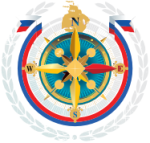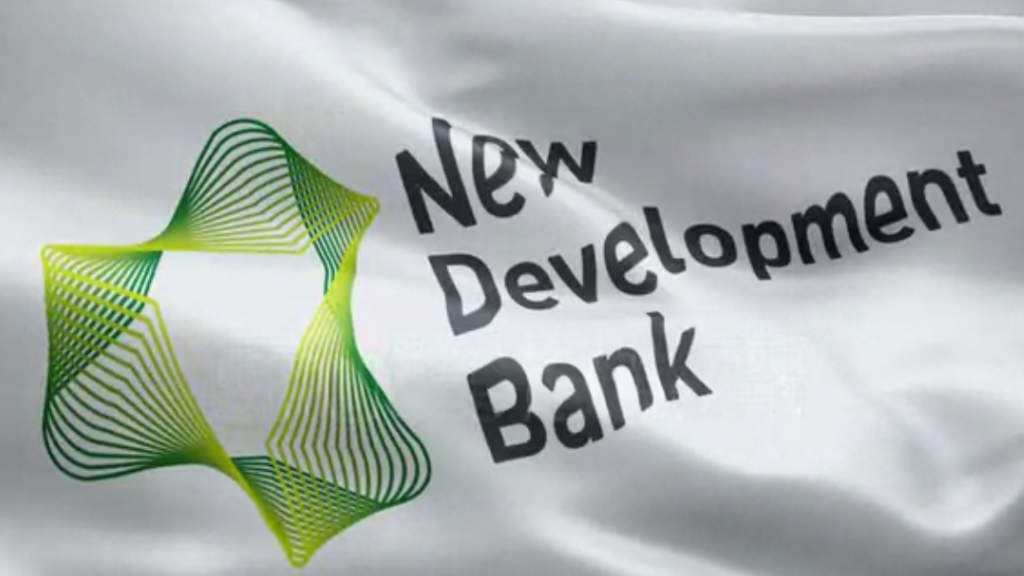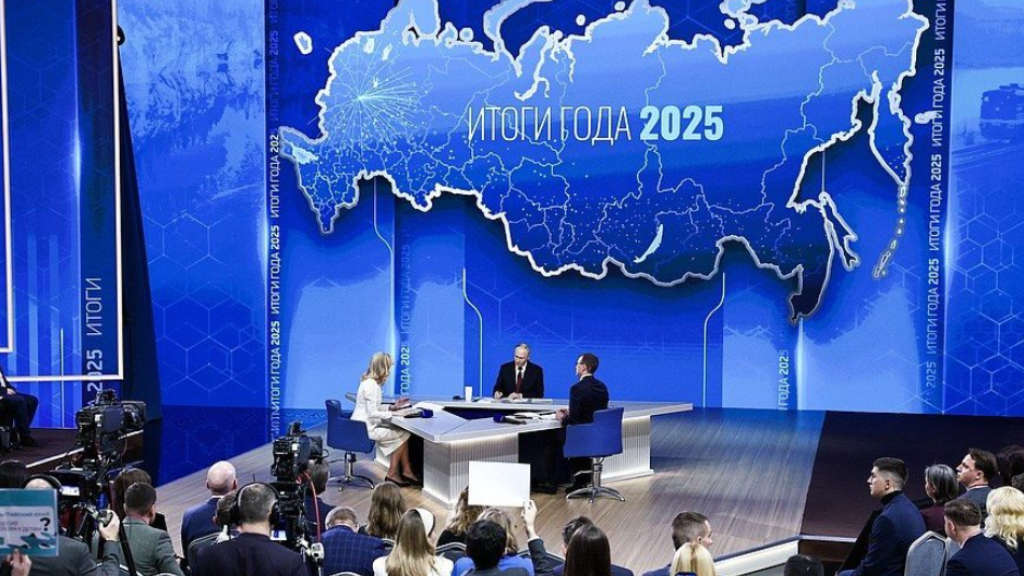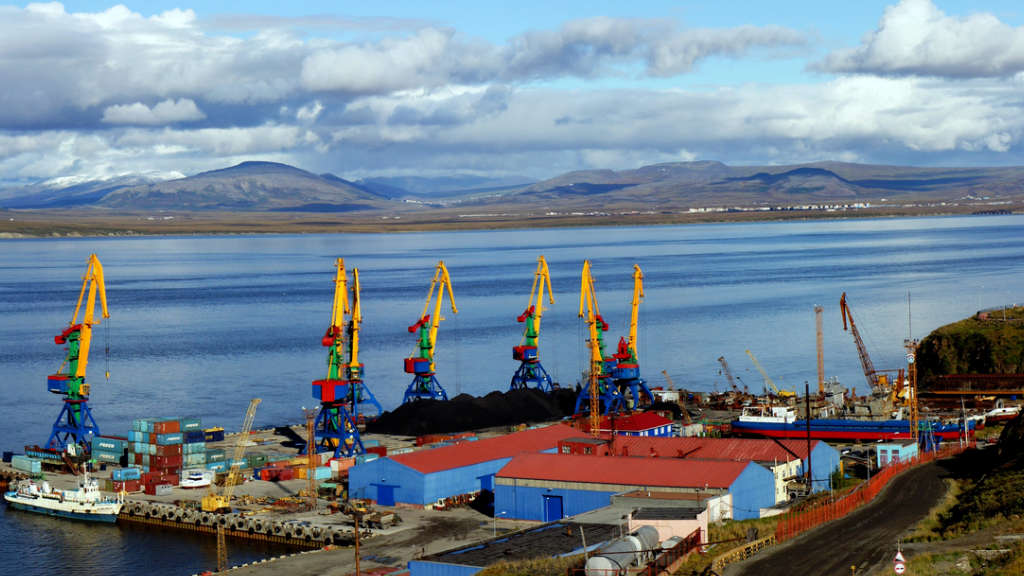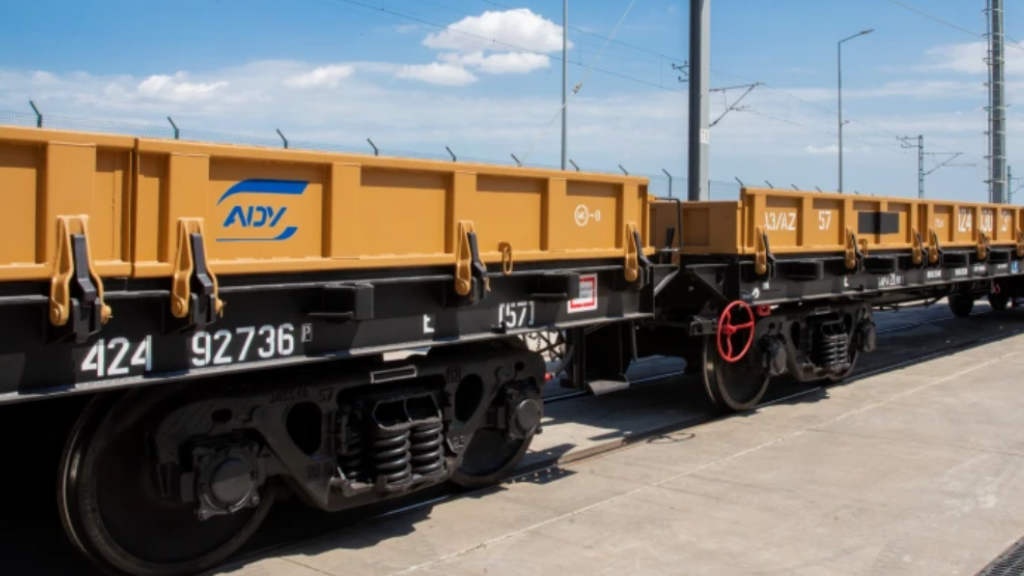The current expansion of the BRICS New Development Bank (NDB) is taking place in accordance with the implementation of the NDB strategy for 2022-2026, according to the bank’s head, Dilma Rousseff. In addition to the founding members – Brazil, Russia, India, China and South Africa – several new members have joined, including Bangladesh and the UAE (2021), as well as Egypt (2023).
In March, Indonesian President Prabowo Subianto announced that his country would join the NDB. Ethiopia also wants to become part of the structure. The country’s ambassador to Brazil, Leulseged Tadese Abebe, previously reported that Addis Ababa had already submitted a corresponding request. “We have received political support from all BRICS members and hope to complete the accession process very soon,” the diplomat assured.
On May 22, the NDB announced that Algeria would also join the bank’s stakeholders, saying that the country “plays an important role not only in the North African economy but also at the global level, which will contribute to strengthening the position of the New Development Bank in the international financial arena.”
The accession of Algeria will allow the NDB to expand the geography of its operational activities, diversify the bank’s project portfolio and, accordingly, credit risks, and deepen cooperation between the organization’s member countries on issues related to the bank’s activities.
This week, Columbia has also announced its intention to join the NDB during 2025.
Uruguay is also considering joining the BRICS New Development Bank – an agreement to join the NDB is under consideration by the national parliament, the Russian embassy in Montevideo said.
A gradual increase in the number of member states will allow the NDB to increase its weight among global and regional multilateral development banks. This will also provide an opportunity to more actively promote the financial and economic agenda in the interests of both Russia and developing countries in general.
Initially, the NDB was seen as an alternative to the World Bank and other multilateral development banks with major Western shareholders. However, in the agreement establishing the NDB, its mandate was formulated more modestly: “mobilising resources for infrastructure and sustainable development projects in the BRICS countries and other emerging market and developing countries to complement existing multilateral and regional financial institutions in order to achieve global growth and development.”
Joining the NBD is easier than joining the BRICS as a community, since countries do not need the consent of all the countries in the group to do so. The bank also allows its members to carry out significant infrastructure projects. For example, the NDB previously approved a loan of up to US$50 million to the Brazilian state of Pará to improve its water infrastructure.
Russia is also using the bank’s funds, with the NDB allocating about US$1.2 billion in loans to Moscow. This money will go to four infrastructure projects that were frozen due to sanctions in 2022. Among them is the development of water supply and sanitation systems; the goal of this project is to modernize the water supply system in cities along the Volga.
The NDB has also been actively helping develop significant infrastructure projects. For example, it was previously reported that the bank plans to increase its lending for Bangladesh development projects to US$1 billion this year to assist with the implementation of a project that will stabilize the water supply in Dhaka.
In addition, the NDB aims to finance knowledge-intensive projects to advance global modernization. The bank’s head, Dilma Rousseff, has said that “BRICS created the NDB, which is intended to play a decisive role in financing, including social and digital infrastructure, scientific research and technology industries.”
The NBR has significant opportunities to increase its attractiveness for the countries of the Global South, firstly, by expanding the composition of shareholders since the NDB can only carry out its operational activities in its member countries. At the same time, it is necessary for new participants to have an independent position with regard to Western sanctions pressure.
Secondly, the NDB is stepping up efforts to provide local currency funds, which will help develop financial markets in developing countries. Thirdly, the bank has the resources to step up its efforts to provide technical assistance in the countries where it operates so that local clients acquire the new knowledge and skills needed to effectively implement NDB-financed projects.
That is having an impact. Although NDB member countries still issue loans in US dollars, the role of other countries’ currencies in international settlements continues to strengthen. For example, the Chinese yuan has been among the world’s reserve currencies since 2016 and currently ranks sixth in the international reserves of central banks.
In time, the NDB could potentially become an alternative to institutions such as the IMF and the World Bank, but with selected members from countries in the emerging Global South.
Further Reading
G20 Countries Interested In Joining BRICS New Development Bank
